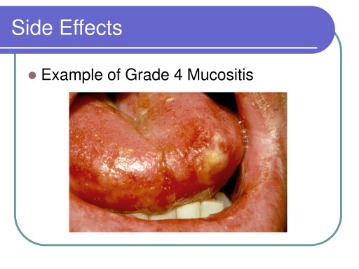Bloodstream Infections
Blood is often a sterile environment, so the detection of microbes in the blood (mostly accomplished by blood cultures) is at all times abnormal. A bloodstream infection is totally different from sepsis, which is the host response to micro organism. Pathogenic bacteria utilise numerous mechanisms to trigger illness in human hosts. Bacterial pathogens categorical a variety of molecules that bind host cell targets to facilitate quite a lot of completely different host responses. The molecular methods used by micro organism to work together with the host may be unique to particular pathogens or conserved across a number of totally different species. A key to fighting bacterial illness is the identification and characterisation of all these different methods.
Most pathogenic bacteria multiply in tissue fluids and not in host cells. Bacterial infectivity results from a disturbance in the stability between bacterial virulence and host resistance. The “goal” of micro organism is to multiply somewhat than to cause illness; it is in the most effective interest of the bacteria not to kill the host. Bacteria that cause periodontal disease have adhesins for receptors on streptococci that colonize on enamel.
Particular Virulence Elements
burgdorferi can differ so much that antibodies towards previous VlsE sequences are not effective. It is believed that this variation in the VlsE contributes to the ability B. Another necessary human bacterial pathogen that uses antigenic variation to avoid the immune system is Neisseria gonorrhoeae, which causes the sexually transmitted disease gonorrhea.

Exopolymer shielding and the absence of bacterial wall (bacterial L-form) stop triboelectric charging and they aren’t attracted and killed on the surface of erythrocytes. L-type micro organism are inactive in the bloodstream. A primary focus of an infection and/or metastatic foci might become an extended-term source of bacteremia immune to antibacterial medicines. Intracellular invasion occurs when a microbe really penetrates the cells of a number tissue and survives within this surroundings.
Siderophores Are Bacterial Proteins That Compete With The Host’s Antibodies Pink Blood Cells. Iron
This stops protein elongation, inhibiting protein synthesis and killing the cell. A classic methodology of detecting endotoxin is by utilizing the Limulus amebocyte lysate check. In this process, the blood cells of the horseshoe crab is combined with a affected person’s serum.
albicans has two iron permeases, CaFTR1 and CaFTR2. The expression of CaFRT1 is induced by iron hunger and this gene is required for iron acquisition from ferritin and transferrin (Ramanan and Wang, 2000; Almeida et al., 2009). A mutant that lacks the gene can not cause injury to oral epithelial cells and, as mentioned earlier, is unable to cause systemic disease in a mouse mannequin of candidiasis . In the next sections we highlight key findings that implicate particular microbes in pores and skin disease, but whose pathogenesis could also be sophisticated by microbial community interactions and/or host-microbe interactions. The particular microbes mentioned embrace Staphylococcus aureus, Propionibacterium acnes, and Malassezia spp., all of that are recognized skin commensals but in addition exhibit pathogenic potential beneath certain situations. There are other properly-characterized skin pathogens that have been definitively linked to dermatological disorders, however is not going to be examined in depth here.